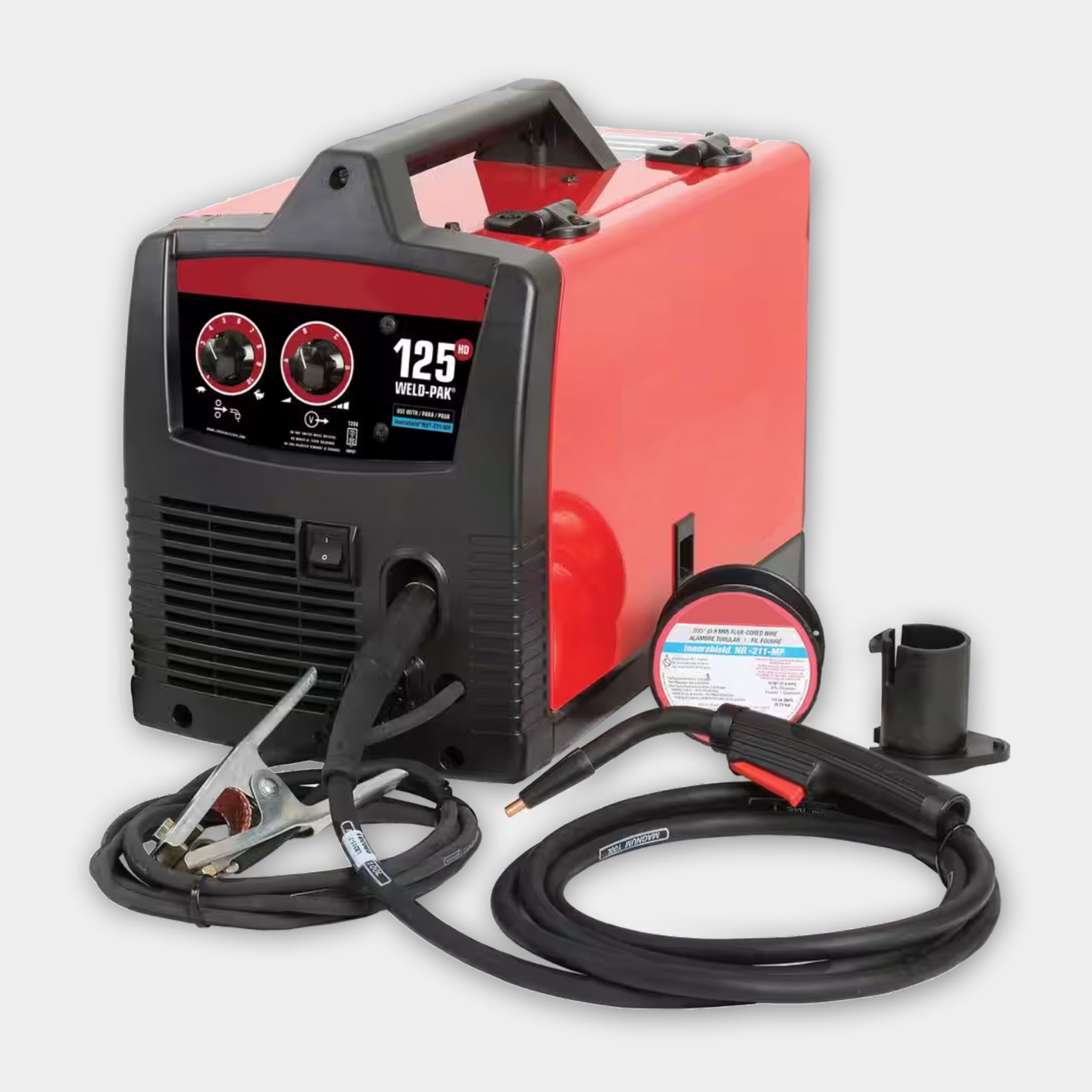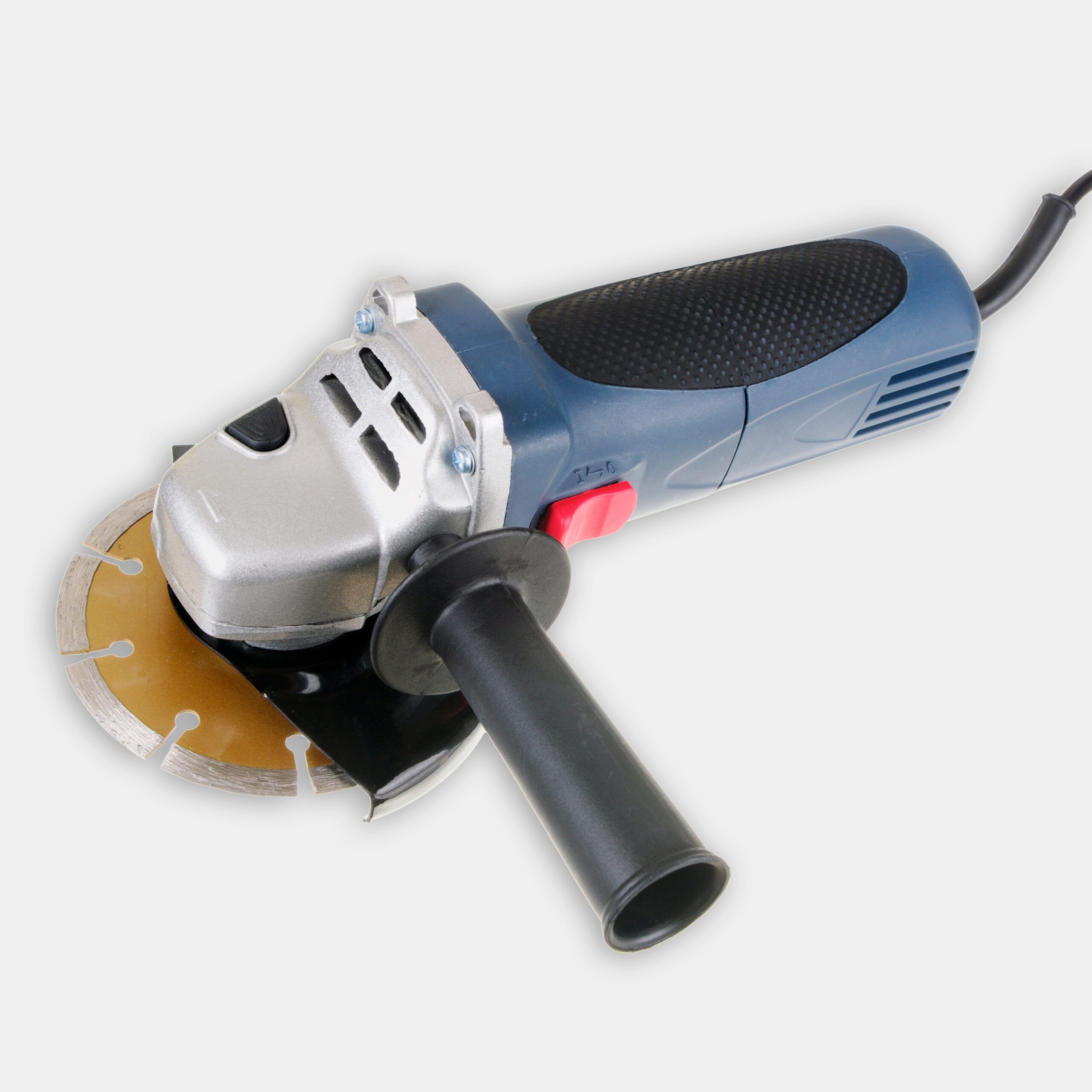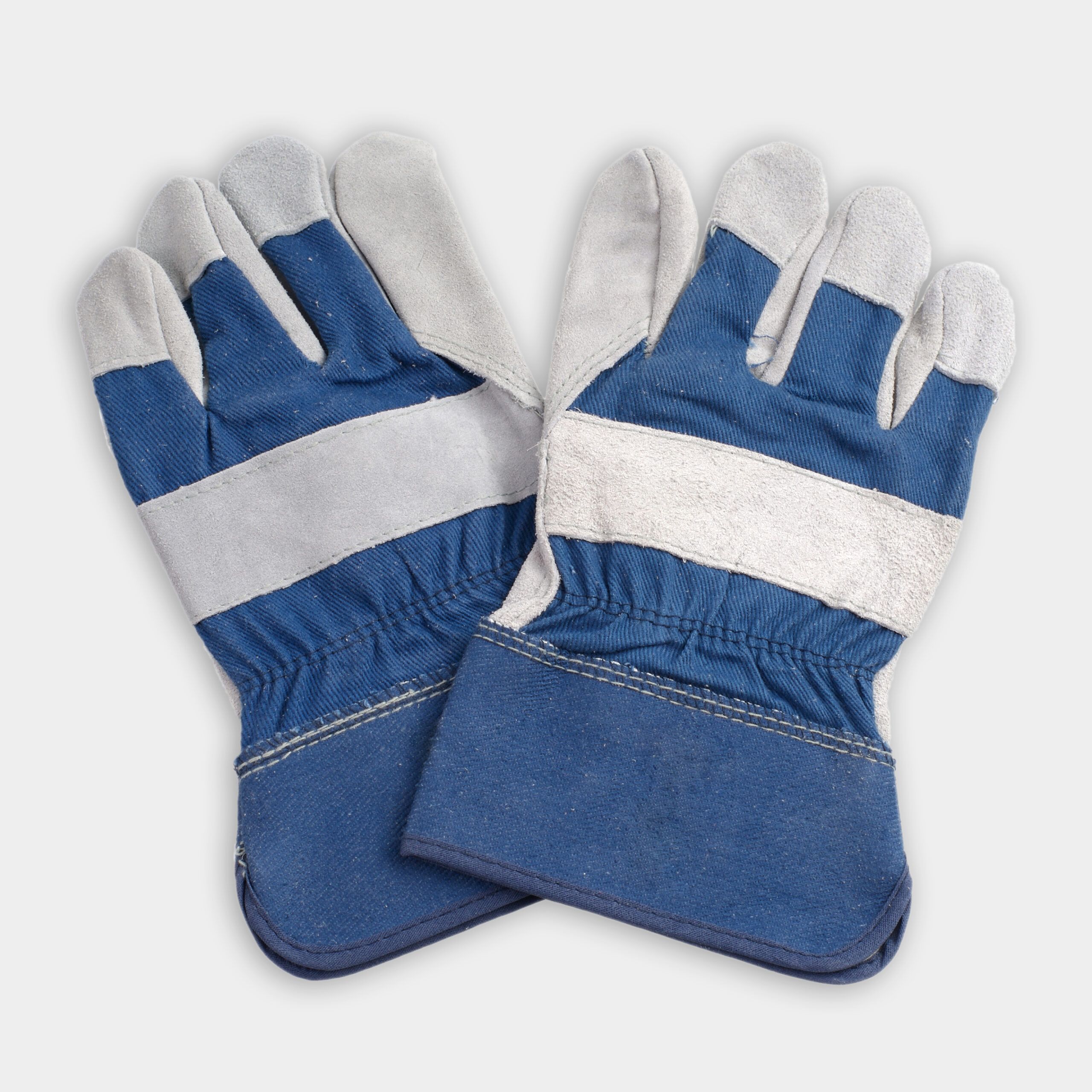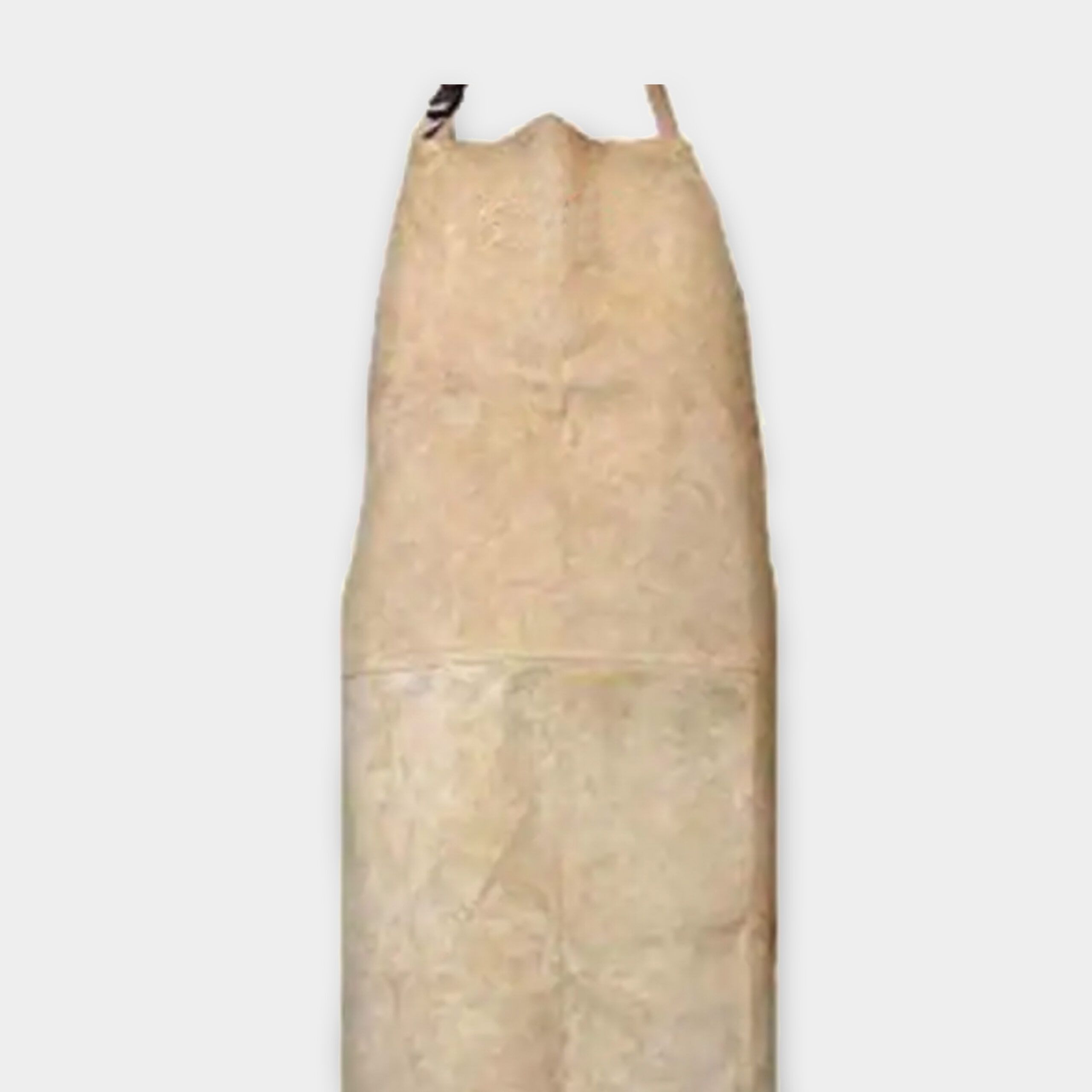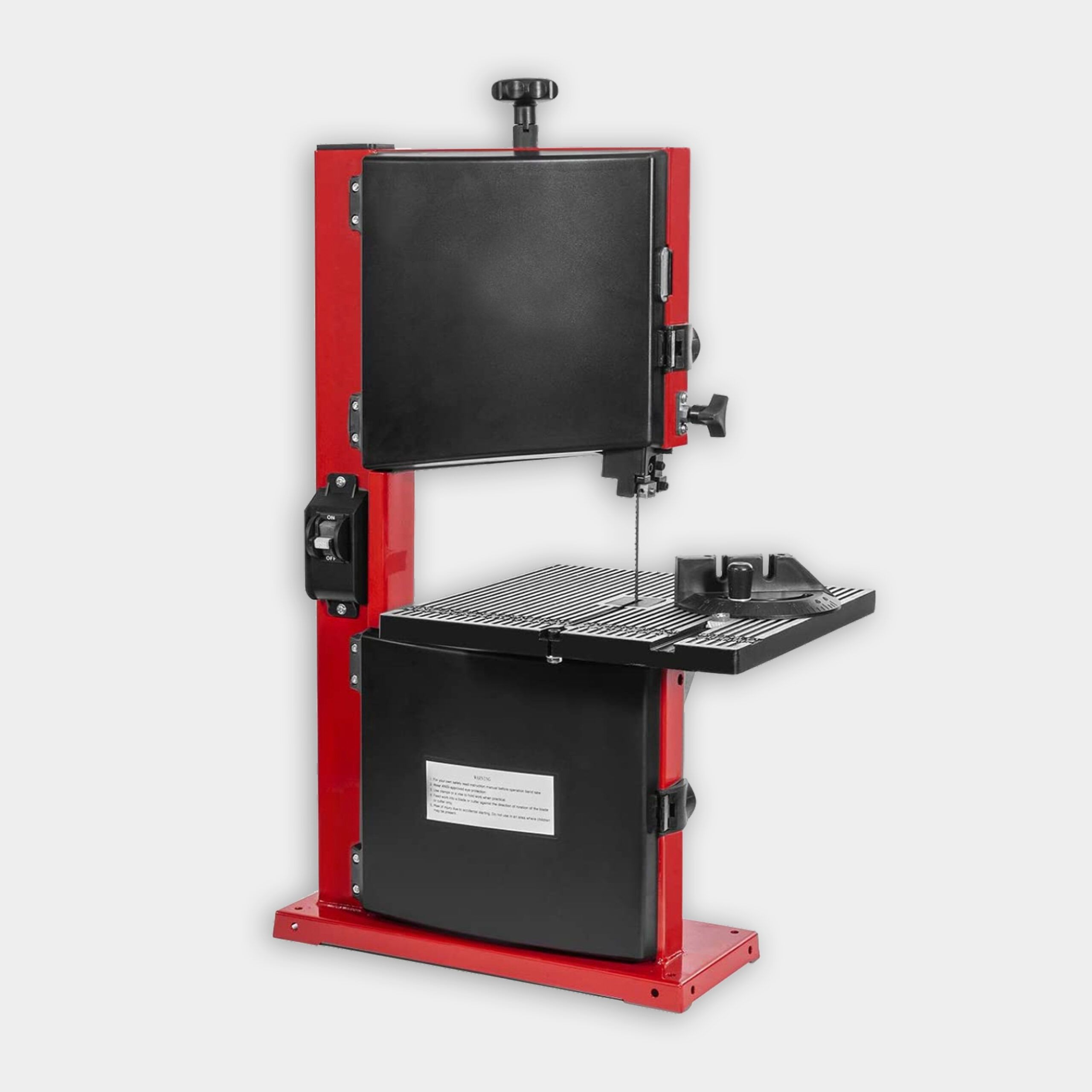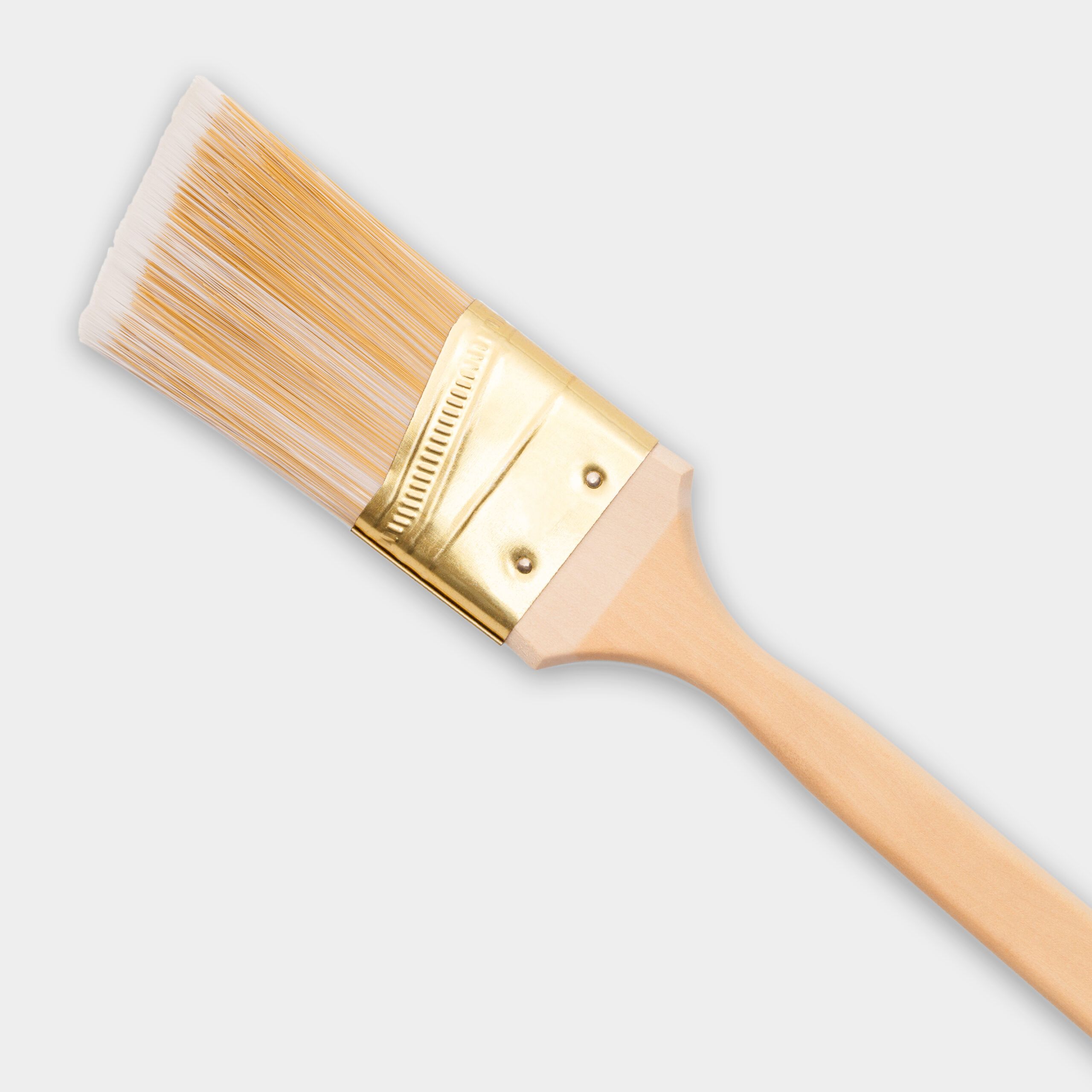We may be compensated if you purchase through links on our website. Our team is committed to delivering honest, objective, and independent reviews on home products and services.
Project details
Skill
Cost
Estimated Time
Creating a sturdy and stylish coat rack can be a rewarding DIY project for any homeowner with welding skills. This metal coat rack combines industrial aesthetics with practical functionality, adding to your entryway or mudroom. In this article, we’ll explore constructing a durable metal coat rack using steel tubing and repurposed railroad spikes. Joining us is expert craftsman Jimmy DiResta, who demonstrates the welding process and construction techniques for this custom piece, with guidance from This Old House host Tom Silva.
*Unless otherwise noted, costs in this article reflect an average of prices that our team found from hardware stores like Lowes and Home Depot, and on Amazon.com.
Materials and Tools Needed to Build a Metal Coat Rack
Embarking on this project requires gathering specific materials and tools. They ensure the integrity and design of the coat rack while enhancing your crafting experience.
Materials
- 2×2-inch square stock 16-gauge steel tubing
- Railroad spikes
- 2-inch thick wood slab, such as sapele, for the top
- Boiled linseed oil for finishing
Tools
- MIG welder for strong welds
- Angle grinder with diamond masonry blade
- Welding mask for eye protection
- Safety work gloves
- Welding jacket
- Bandsaw or jigsaw for shaping wood
- Measuring tape for precision
- Marker or pencil for marking cuts
- Paintbrush for applying finish
Preparing the Steel Frame of a Metal Coat Rack
Preparation of the steel frame is the first step. This component forms the backbone of the structure and is key to its stability.
Cut the Steel
- Measure and mark the 2×2-inch steel tubing for the legs and cross supports.
- Use an angle grinder with a metal cutting disc to achieve the desired lengths.
- After cutting the initial piece, use it as a template to ensure uniform leg lengths.
The precision of these steps guarantees consistency, which contributes to the overall finish and longevity.
Welding the Coat Rack Frame
Once the steel pieces are cut and you’ve donned your safety gear, it’s time to proceed with welding the frame. This process demands patience and practice, especially for those new to the craft.
MIG Welding Basics
MIG (metal inert gas) welding is optimal for this project due to its ease of use and flexibility. For successful welding, consider the following:
- Hold the welder approximately 1/2 inch from the seam at a 30-degree angle.
- Move the wire in small loops to effectively bridge the seam.
- Aim for a consistent “sizzling bacon” sound, which signifies a solid weld.
- Practice your movements before lowering the mask to build muscle memory.
By following these tips, you’ll enhance the quality of the welds, ensuring the durability of the metal assembly.
Weld the Joints
The stability achieved through mindful welding becomes the foundation upon which the other components rely.
- Start with tack welding the corners of the frame to maintain the position of the pieces.
- Once tacked, proceed with completing the welds along each joint.
- Permit the welds to cool before handling the frame to ensure strength and integrity.
Welding Safety
Safety should be your top priority during this project. Adequate protective gear is essential for a safe environment.
- Wear a welding mask to shield your eyes from intense UV light during welding.
- Utilize safety work gloves to protect hands from heat and sparks.
- A welding jacket safeguards your skin and clothing from potential burns.
By ensuring safety, you can focus more efficiently on the task at hand and execute each step with confidence.
Adding the Coat Hooks to the Rack
Repurposing railroad spikes as coat hooks not only adds character to the piece but it also enhances its functionality. These elements contrast the modern feel of steel with a rustic touch.
Prepare the Railroad Spikes
Preparation of the spikes ensures functional practicality while adding aesthetics to the design.
- Clean the spikes thoroughly to remove any dirt or rust.
- Utilize an angle grinder to cut the ends of the spikes at angles suitable for hanging coats.
- Smooth any sharp edges with the grinder to prevent snagging clothes.
Weld the Hooks
A well-positioned set of hooks serves both the practical need for hanging coats and the visual appeal integral to the design.
- Decide on the positioning of the spikes along the frame for optimal accessibility.
- Tack each spike in place to affirm the desired alignment.
- Complete the welds around the base of each spike to ensure a secure fit.
Creating the Wood Top of the Coat Rack
Adding a wooden top balances the industrial flavor of the metal frame with natural warmth. This combination enriches the overall aesthetic of the coat rack.
Cut and Shape the Wood
- Measure and mark the wood slab to fit perfectly atop the metal frame.
- Cut the wood to size using a bandsaw or jigsaw for accuracy.
- Sand the edges and surfaces to achieve a smooth finish.
Incorporating wood introduces an organic element, elevating the contrast between materials.
Attach the Wood Top
Properly affixing the wood solidifies the structure, adding both form and function to the creation.
- Position the wood securely on the metal frame.
- Fasten it to the frame using screws from beneath, ensuring stability.
- Double-check that screws are the right length to avoid puncturing through the wood’s surface.
Finishing Touches to Your Metal Coat Rack
Applying a finish is vital in safeguarding the coat rack, ensuring it remains a lasting investment in your home decor.
Apply Boiled Linseed Oil
This finishing technique enhances the coat rack’s durability and visual appeal, making it a standout piece.
- Clean the entire coat rack thoroughly to remove dust and impurities.
- Apply boiled linseed oil to the metal frame using a paintbrush, enhancing its sheen.
- Ensure even application on the wood top, allowing absorption to highlight the natural grain.
- Remove any surplus oil and permit complete drying before use.
Mounting Your Coat Rack
Properly mounting the coat rack ensures its stability and usability. A few careful steps will secure your creation effectively.
- Locate wall studs using a stud finder for a secure installation.
- Utilize heavy-duty wall anchors if studs are not available for extra support.
- Ensure the rack is balanced before marking and drilling mounting holes.
- Enlist a helper to hold the rack while securing it to the wall, maintaining alignment.
These steps finalize the project, ensuring it serves its purpose while maintaining visual harmony within its space.
Resources
To weld the frame together, DiResta used a MIG welder manufactured by Lincoln Electric. The light generated from welding is harmful, so be sure to wear protective clothing and a welding mask. Never look directly at the light from welding.
The structure of the coat rack was made using 2×2 square stock 16 gauge steel, which can be purchased from a metal shop. The coat hooks were made using salvaged railroad ties. The top of the coat rack was made using a piece of 2-inch-thick sapele, but any thick piece of wood would work.
DiResta used boiled linseed oil as a finish on both the metal and the wood. Expert assistance with this project was provided by Jimmy DiResta.
